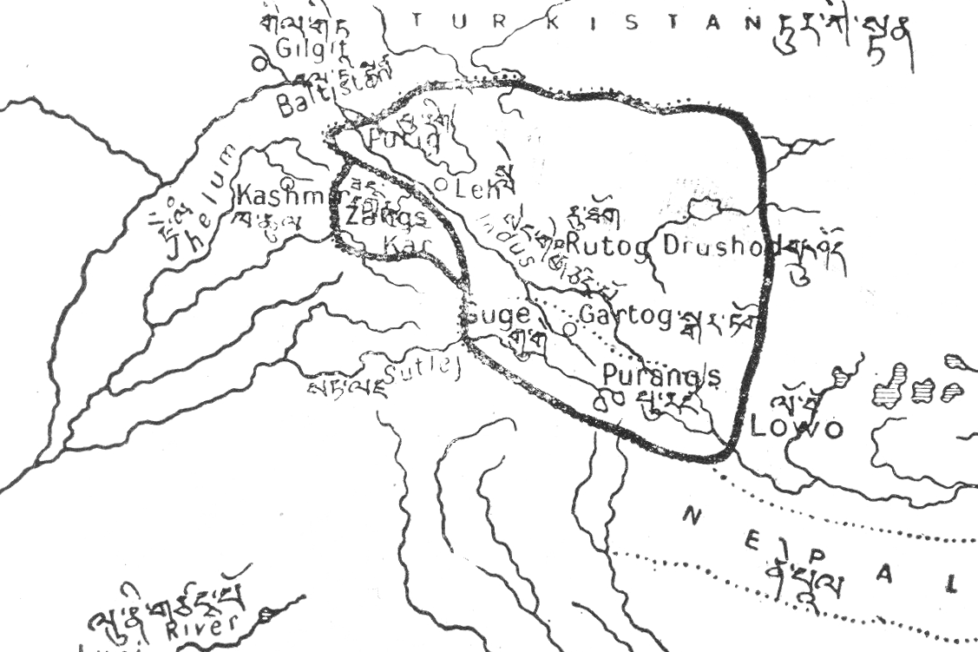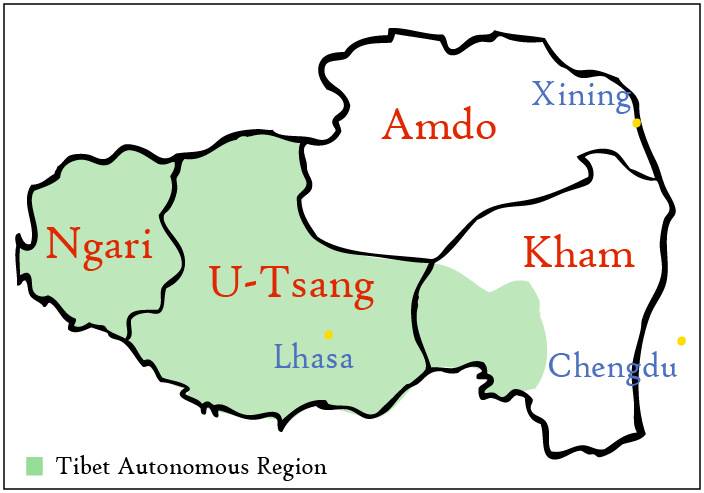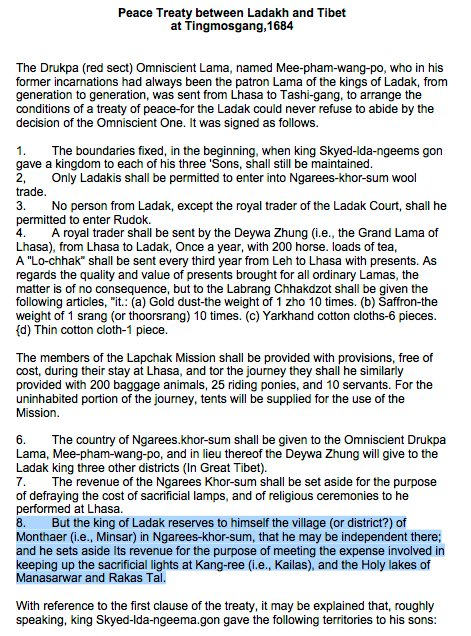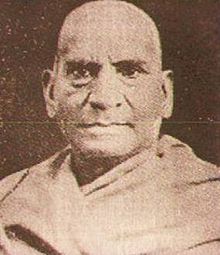Zorawar Singh and Sengge Namgyal – The Validity of Indian Claims on Tibet
This is in fact, the claim of both China today and the Dogra General Zorawar Singh then. While Zorawar Singh claimed Guge as a part of Ladakh and tried to take it over, China claims Shipki La etc for being a part of Guge and Ladakh because it's a part of Tibetan Empire...Going by the strategic importance Minsar and Darcheng have, commanding the access to Lipulekh, Maryum and Tinker Passes and slicing G219 into two, it makes much sense for India to reassert Indian and Bhutanese sovereignty in a manner it deems fit.










